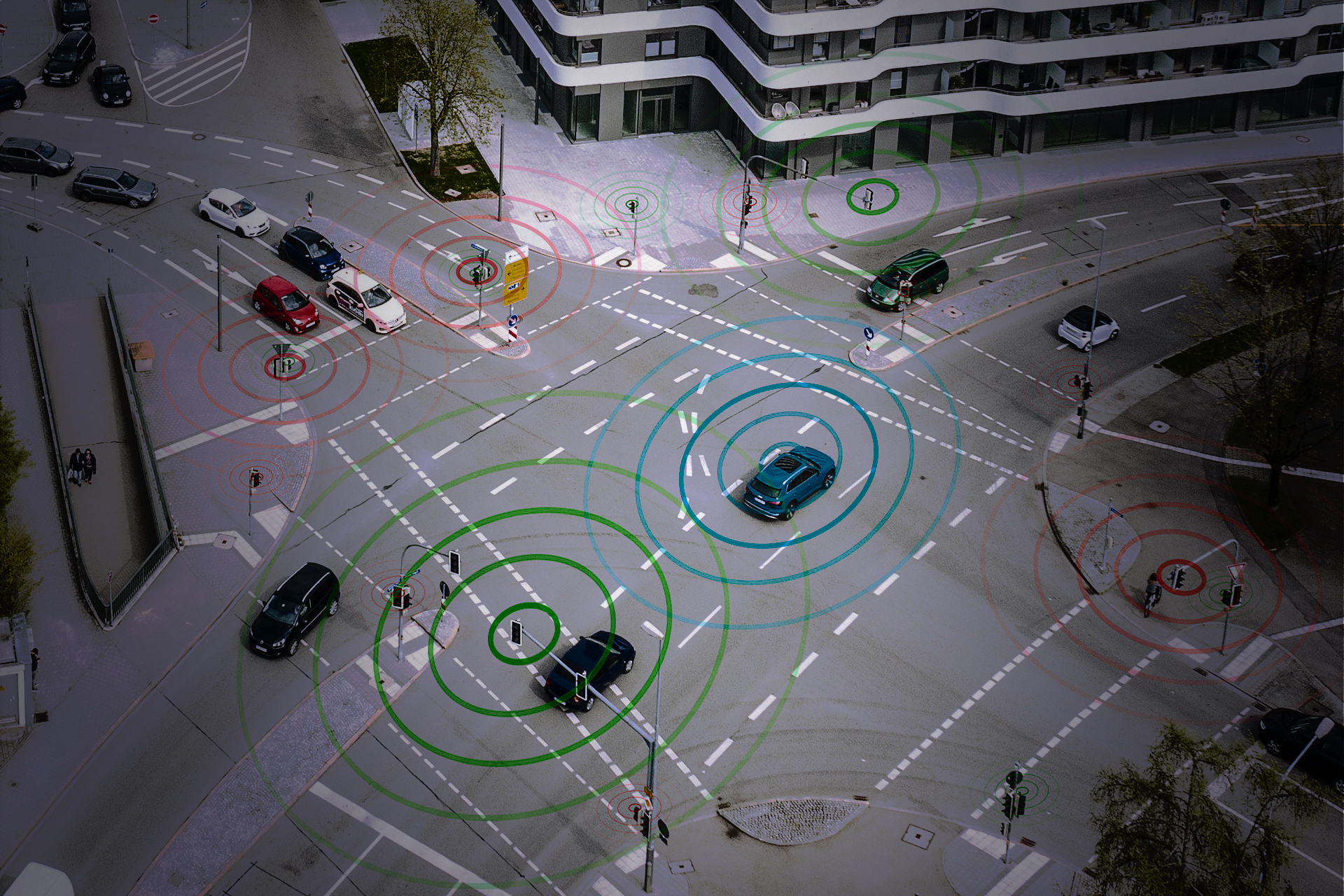Relaxed arrival: Traffic light info online
This situation is surely familiar to some. Sometimes it works with the green wave, sometimes not. If you knew before whether a traffic light was red or green, you would arrive at your destination more relaxed and efficiently. Audi develops this technology with its subsidiary AEV and the support of PSW: Traffic light info online.
Time-to-Green
The first available function is called ‘Timeto- Green’. In the Audi virtual cockpit or head-up-display the driver sees whether he/she has reached the next green traffic light within the permitted speed. If this is not the case, there is a countdown to the next green phase. The driver can take their foot off the pedal early. Pilot projects in Europe have shown that car drivers are more foresighted when driving thanks to the information about the traffic light function, which positively influences the traffic flow and reduces consumption.



